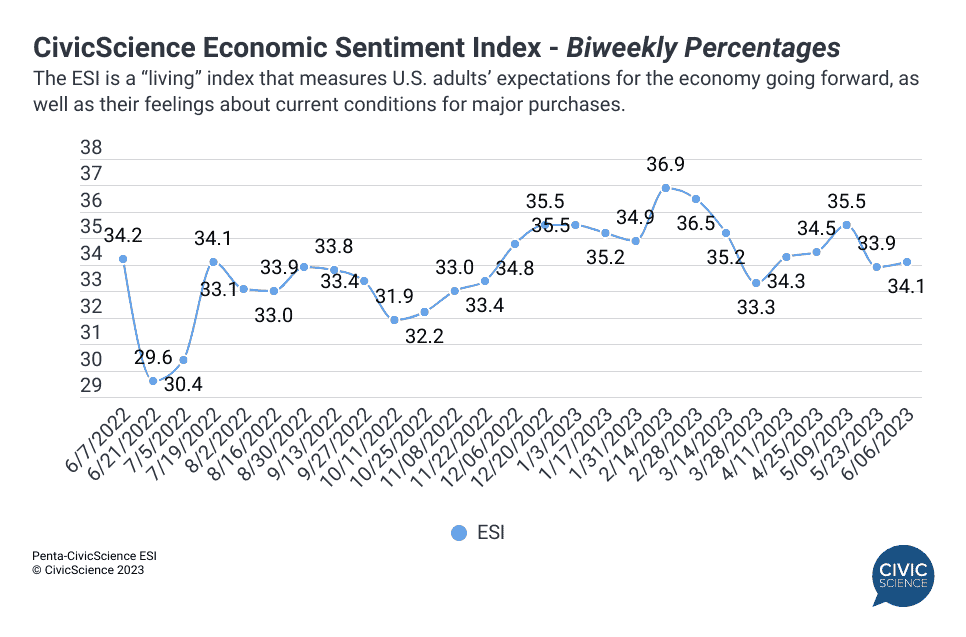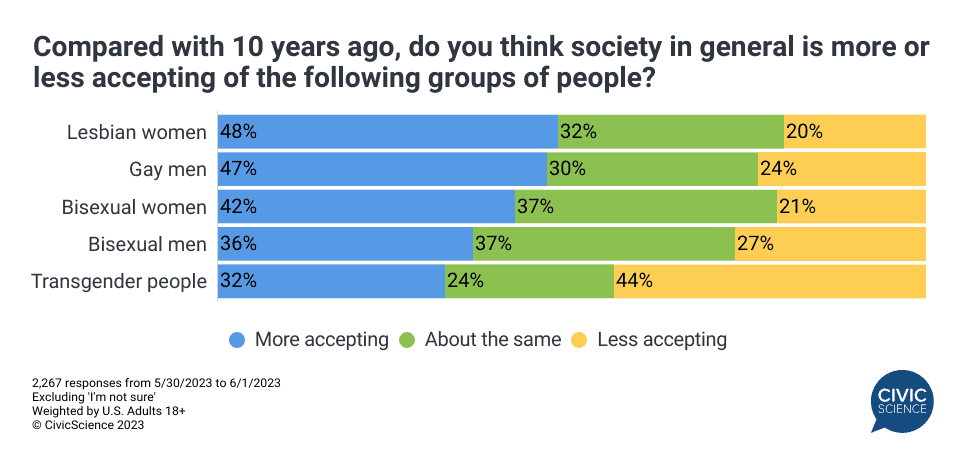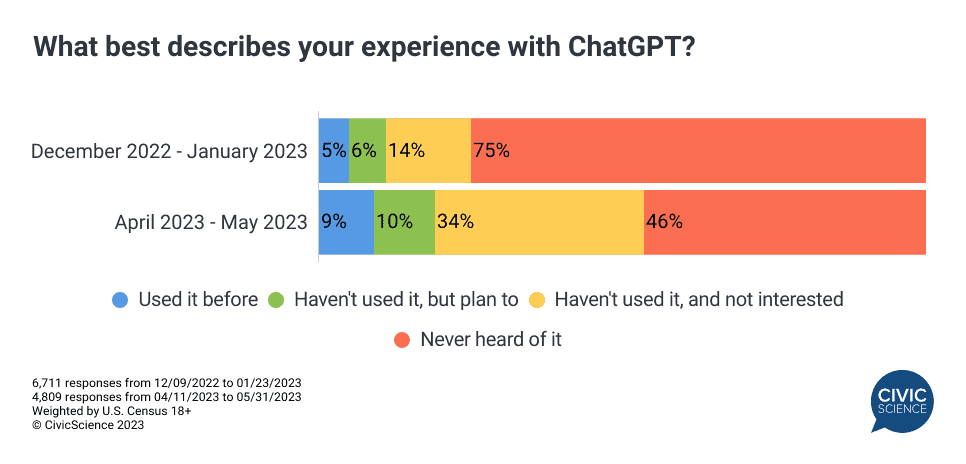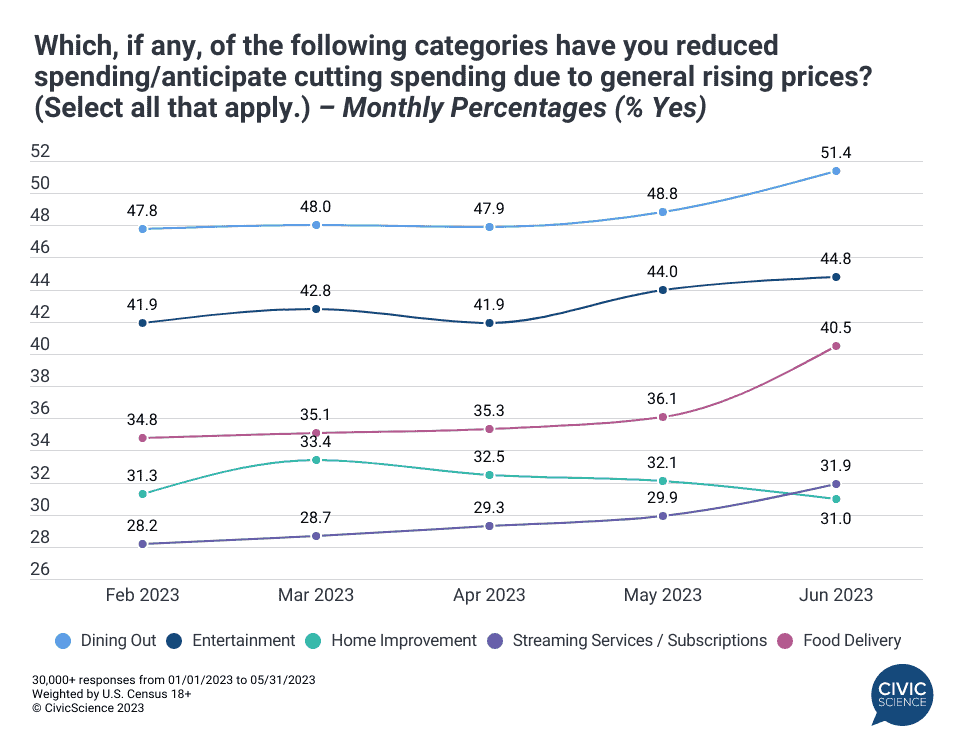The majority is indeed silent.
We started this business to give people a legitimate voice in things that matter. By making it easy for everyone of all shapes and sizes to vote in our polls and ensuring rigorous and objective science behind the math, we set out to capture and convey the real will of the people. Roll your eyes if you want. It gets us out of bed in the morning.
Unfortunately, we can’t control what happens after people do their part and we do ours. We can’t make everyone listen.
The problem with data is how flippantly it’s ignored, even rebuked. Often, data can’t overcome dogma or bias. More often, the system is stacked against it.
We haven’t had a president with term-average approval ratings over 50% for nearly 30 years. Our political primaries are dictated by 20% of the population on either flank. In the county executive democratic primary (the only one that usually matters) in Pittsburgh last month, the winner was decided by 9.75% of the voting-age population. That’s a system problem – and an apathy problem, borne of the system.
I was floored – betrayed in fact – by news this week of the PGA Tour and LIV Golf merging at the hands of Saudi financial overlords. Yes, I’m a golf traditionalist. Yes, I’m grossed out by sportswashing. More bothersome is how un-alone I am in those sentiments. Sixty-nine percent of Americans and 64% of avid golf fans oppose the merger. Nobody in power cared. Money trumped the majority.
Incidentally, it’s funny (not funny) that “securing the future” of women’s pro golf wasn’t part of the Saudi equation. Women – at 51% – represent the factual majority of our population. It sure doesn’t feel that way, outside of my home anyway.
Listening to the majority doesn’t mean marginalizing minorities either. On the contrary. Roughly 40% of Americans are non-white. Nearly 10% are LGBTQ+. Forty percent are non-Christian. Even with the overlap across those groups, minorities are – collectively – the majority.
To be clear, the majority isn’t always right. Sometimes, the masses lack the necessary data to make informed judgments, either because the data doesn’t exist, the subject matter is too complex, or it’s kept under lock and key. Those should be rare exceptions.
With now over 500,000 polls in our system, I can tell you – nearly always – that the balance of people is on the right side of justice, prudence, and even taste (notwithstanding all of you who think the Beatles are better than the Rolling Stones).
We just need to listen.
Here’s what we’re seeing:
Consumer confidence recovered slightly after the debt ceiling deal was resolved. The big gainer in our latest Economic Sentiment Index was confidence in the overall U.S. economy, which jumped 1.7 points in a matter of days. Notably, economic attitudes are bifurcated between higher-income and lower-income groups…unintuitively in this case. Higher earners (the minority) are more likely to be seeing the effects of layoffs and stagnant wage growth, more resigned to a coming recession, and more likely to be on Twitter wringing their hands. Middle and lower-income Americans (the majority) are still seeing wage and job improvements. Hence, the weekly jump.

Our national focus on wellness and self-care seems to be paying dividends. I told you in January that this would be the “Year of Well-Being” and, per usual, I was right. Americans’ commitment to feeling better, manifested in everything from their spending priorities to their news consumption, has driven our monthly Well-Being Index to its fourth consecutive increase and a new high. Well-being among LGBTQ+ Americans improved since April but still lags behind the overall population. Wellness isn’t pie. We can do better.

That said, we do appear to be making progress around LGBTQ+, with one notable exception. In our 3 Things to Know this week, we examined how Americans feel about the progress (or lack thereof) we’ve made around the acceptance of LGBTQ+ groups over the past decade. For most groups, our collective sense of acceptance seems to have improved appreciably. For transgender people, however, things went in the opposite direction. Unrelated, we also published data on the trend of “bracketing” in online shopping and declining salary expectations among American workers.

People still don’t get ChatGPT. On the unofficial half-birthday of ChatGPT, those of us in the professional class might be surprised to know that almost half of U.S. adults (46%) say they’ve never heard of it. Less than 10% have used it, although that’s almost twice the number we saw in January. Of those with an opinion of ChatGPT, 74% of people believe it will be a net job-killer. The numbers are better among younger adults (57%). So, either the majority is right on this one or we have a long way to go to educate them.

DIY home improvement projects are on the rise this summer. Maybe it’s because of rising costs or maybe because it’s freaking impossible to find contractors nowadays, the percentage of U.S. adults who plan to DIY the work around their house has climbed steadily since 2022. Outdoor jobs are the most likely to be self-performed, while bathroom renovations are most likely left to the pros. Notably, home improvement is one of only a few areas where consumers don’t expect to decrease spending in the coming months.

More awesomeness from the InsightStore™ this week:
- Over half of Americans in the Northeast have curtailed their time outdoors because of the poor air quality this week;
- Three prevailing trends in consumer spending right now;
- More data on the overwhelming opposition to the PGA-LIV travesty;
- 5 unexpected insights about people who buy knock-off apparel products;
- De-influencers are overtaking influencers in their social media power;
- The key trends we’re seeing in the QSR space right now;
- A resurrected MoviePass could bring casual movie-goers back to theaters;
- 5 call-outs from the Chick-fil-A 360 report.
The most popular questions across America this week:
- Where are you more likely to sit if a booth and a chair are available at a restaurant table?
- How confident are you in your ability to order restaurant food without making the restaurant staff angry?
- Excluding solo artists, what is the greatest *American* classic rock band of all time?
- Roughly how old does rock music have to be for you to consider it “classic rock”?
- Are you an adult or a kid at heart?
- Have you ever attended a cult meeting or group?
Answer Key: Booth if I can be on the end; Very confident – it’s not hard; CCR; ‘70s; Kid; If this is referring to CrossFit, no.
Hoping you’re well.
JD
Not on the list to receive this weekly email? Sign up here. If you are new to this list, check out our Top Ten to get caught up.








